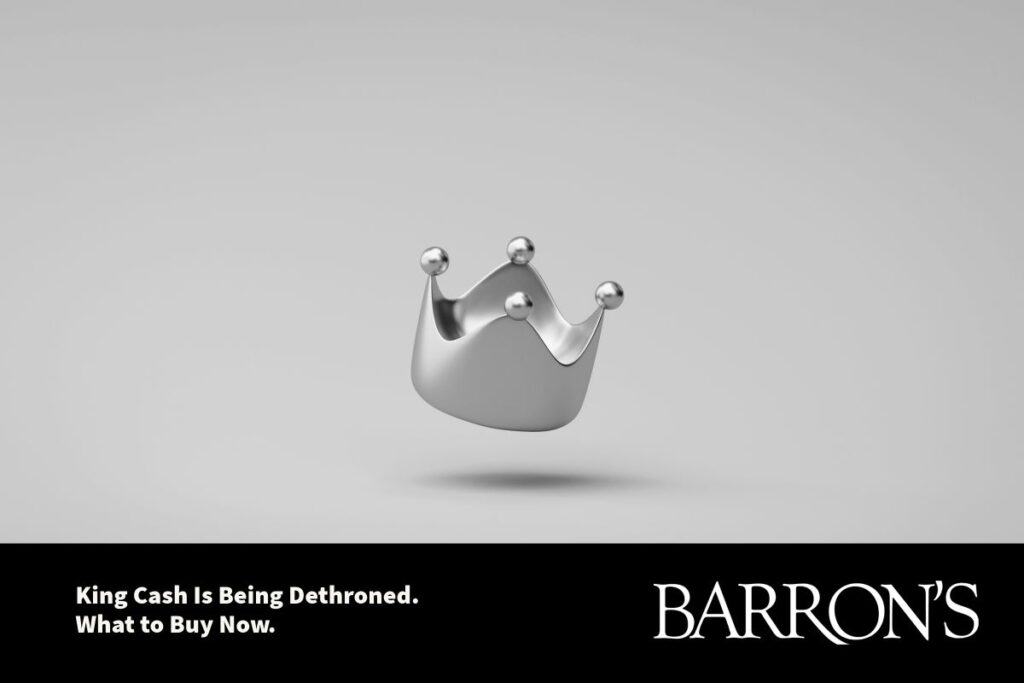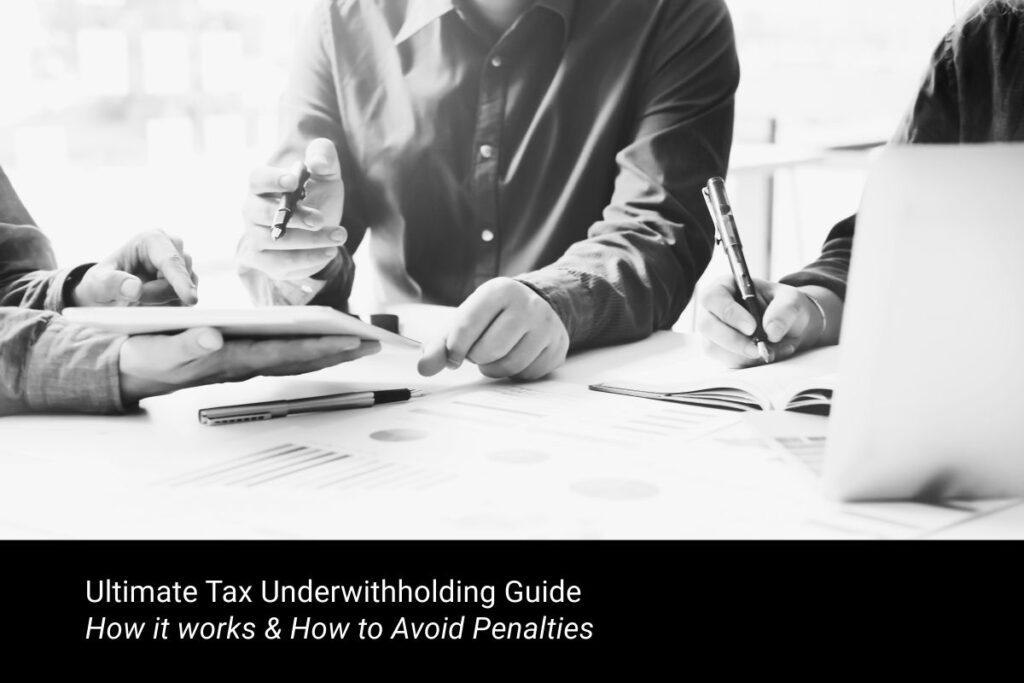Savvy Tips for Lowering Your Tax Liability
One of the most common concerns we hear from clients is how to reduce taxes. Maybe you had a great year at work and made a lot more than you anticipated. Perhaps your investment portfolio has appreciated substantially over time and you are wondering what can be done to ease the taxes that you might owe. Regardless of your situation, if you’d like to reduce taxes, here are just a few strategies that could help alleviate some of the pain felt come tax time.
Donor Advised Funds
Over the last several years, Donor Advised Funds (DAF) have become a highly accessible tool that allows you to not only give to charities but to reduce taxes associated with assets such as stocks, ETFs, mutual funds, and even cryptocurrency.
Here’s how Donor Advised Funds work to reduce taxes:
- Let’s say you own 100 shares of XYZ stock in your brokerage account and it is worth $50 a share for a total of $5,000.
- You originally bought it at $25 a share, spending a total of $2,500.
- If you were to sell it now, you would incur a capital gain of $2,500.
- Instead of selling it, you could move the shares directly to a Donor Advised Fund. Once the shares are moved to the Donor Advised Fund and sold, you reduce taxes because your capital gains liability is $0.
Once the shares are then placed and sold within the DAF, you can then donate to most IRS-qualified charitable organizations. If you don’t want to donate immediately, you can opt to invest the cash in your DAF, allowing it to grow tax-free. From a financial planning perspective, Donor Advised Funds can be used creatively to potentially front-load donations in higher tax years, or to spread them out in a way that aligns more with your longer-term tax and financial planning needs.
Tactical Tax-Loss Harvesting
If you are an experienced investor or work with a financial advisor, you likely have heard of the concept of Tax-Loss Harvesting before. Tax-Loss Harvesting is often initiated routinely at the end of every year by many clients and their advisors to reduce taxes. However, at MDRN Wealth, we believe that this should be done in a more tactical manner.
Rather than just simply tax-loss harvesting every December, we believe that implementing ad-hoc tax-loss harvesting, perhaps multiple times per year based on market volatility or volatility in a particular asset class creates a more optimal outcome. For example in 2020, the S&P 500 ended the year up double digits. If you held a fund that mirrored the S&P 500 and just held it, you ended the year with positive returns. However, the S&P at one point in 2020 was down nearly 40 percent. If you appropriately practiced tax-loss harvesting, you could have potentially locked in capital losses that could be used to reduce further capital gains – and even your ordinary income.
The key to successful tax-loss harvesting is constantly being disciplined to find these opportunities, knowing how to find viable temporary replacements for assets that you harvest losses on, and avoiding wash-sales. If you need more in-depth information on the concept of tax-loss harvesting to reduce taxes (we get it, it can be complex), just let us know.
Asset Location
Asset Location is a concept that often gets left behind in conversations regarding planning and portfolio management. Clients and even advisors tend to become hyper-focused solely on asset ALLOCATION. Asset location is just as important as allocation and can be a critical factor if you want to reduce taxes at the end of the year. Within a diversified portfolio, there may be certain assets that generate more tax (like capital gains) than others. It doesn’t necessarily mean that you shouldn’t have them, but it means you should be more mindful of where they are located. For example, those types of assets may be better suited in a tax-deferred or tax-free account like a Roth IRA. The key points when thinking about asset location are A) what assets may generate more tax liabilities and B) how those assets fit into your overall asset allocation and liquidity needs associated with your financial plan.
Would You Like Professional Assistance to Reduce Taxes?
Providing tax guidance within the confines of financial planning is an issue that is a major focus for all of the clients that we work with. There are potentially many other ways to address a strategy to reduce your tax bill. If you are interested in learning more, please schedule some time to chat with us.
DISCLOSURES:
This material does not provide individually tailored investment advice. It has been prepared without regard to the individual financial circumstances and objectives of persons who receive it. MDRN Wealth LLC (“MDRN Wealth”) recommends that investors independently evaluate particular investments and strategies and encourages investors to seek the advice of a financial advisor. The appropriateness of a particular investment or strategy will depend on an investor’s individual circumstances and objectives.
MDRN Wealth LLC (“MDRN Wealth”) and its Wealth Advisors do not provide any tax/legal advice. Consult your own tax/legal advisor before making any tax or legal-related investment decisions.
Tax Planning and Tax Preparation Services are provided by the third parties who are not affiliated with MDRN Wealth. Neither MDRN Wealth nor its affiliates are the provider of such services and will not have any input or responsibility concerning a client’s eligibility for, or the terms and conditions associated with, these services. Neither MDRN Wealth nor its affiliates shall be responsible for content of any advice or services provided by the unaffiliated third parties.











